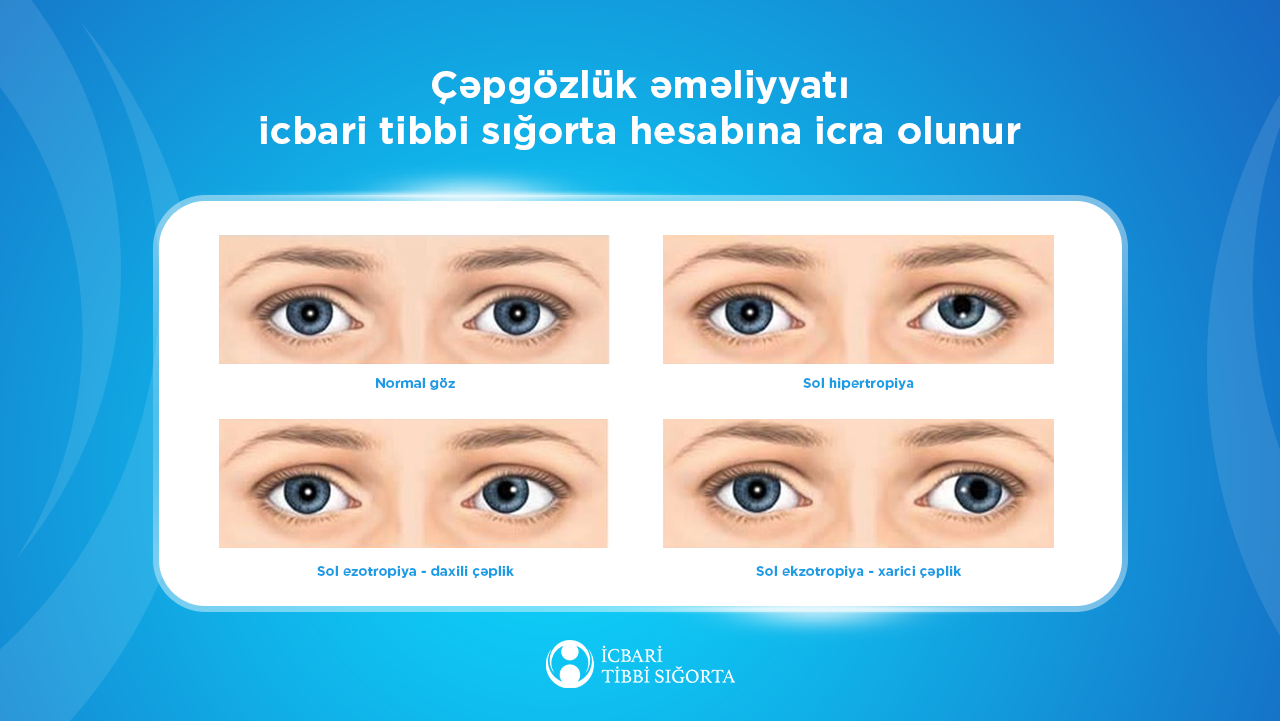 1542
1542 Strabismus surgery is covered by mandatory health insurance
02.12.2024, 14:20
Strabismus surgery — covered by the mandatory health insurance system — is a vital intervention to restore or preserve the patients' vision. In the first six months of 2024, a total of 379 strabismus surgeries were performed under mandatory health insurance.
Timely conservative treatment and surgical intervention during childhood play a crucial role in restoring vision and enhancing the quality of social life. The optimal age for performing the surgery is between 3 and 5 years.
The duration of the procedure typically ranges from 1 to 2 hours, depending on the number of muscles involved and the complexity of the case. The operation is performed under local or general anesthesia, depending on the patient's general condition and age. During the operation, extraocular muscles are repositioned to achieve proper eye alignment. Prior to strabismus surgery, a thorough diagnostic assessment is essential to determine the most appropriate treatment approach. This evaluation typically includes ophthalmological examinations, in certain cases electromyography (EMG), electroencephalography (EEG), ultrasonography, MRI or CT imaging when necessary. Full recovery after surgery takes an average of 1-2 weeks (sometimes up to 4 weeks).
Under the mandatory health insurance, patients receive full coverages for all instrumental and laboratory tests before and after surgery, as well as for required medications, medical consumables, and nutritional support during hospitalization. This service is available in TABIB-affiliated state medical institutions and is provided based on medical indication and a physician’s prescription.
Strabismus is a pathological condition in which the eyes are misaligned and unable to move in unison, causing one or both eyes to deviate in different directions. Beyond its cosmetic effects, this misalignment disrupts normal vision: the brain receives two different images and suppresses one to avoid double vision, leading to impaired binocular vision. If left untreated in early childhood, this can lead to amblyopia (or “lazy eye”), where the weaker eye is neurologically “turned off,” resulting in permanent, unilateral vision loss. Amblyopia is one of the leading causes of permanent, unilateral vision impairment and underscores the importance of early diagnosis and treatment. Early diagnosis and treatment are therefore critical to preventing long-term impairment.
Last News
“mygov” platformasında vətəndaşların bir sıra tibbi məlumatlara çıxış imkanları genişləndirildi

Agentliyin müqavilə bağladığı özəl tibb müəssisələrinin sayı 192-yə çatıb

Zaur Əliyev Xaçmazda vətəndaşları qəbul edib

Qlütenə qarşı həssaslığın müayinə və stasionar müalicəsi icbari tibbi sığorta ilə qarşılanır

Plazmaferez – qanın zərərli maddələrdən təmizlənməsi icbari tibbi sığorta təminatına daxildir

Allergiyaların diaqnostika və stasionar müalicəsi icbari tibbi sığorta hesabına göstərilir

Mərkəzi Neftçilər Xəxtəxanasına müasir tibbi avadanlıqlar ianə edilib

Ağciyərlərə yığılmış mayenin çəkilməsi məqsədilə 5643 prosedur icra olunub

Pirallahı Tibb Mərkəzinə media-tur təşkil olunub

“Yanıq yaralarının müalicəsi” mövzusunda təlimə start verilib


 View all news
View all news 